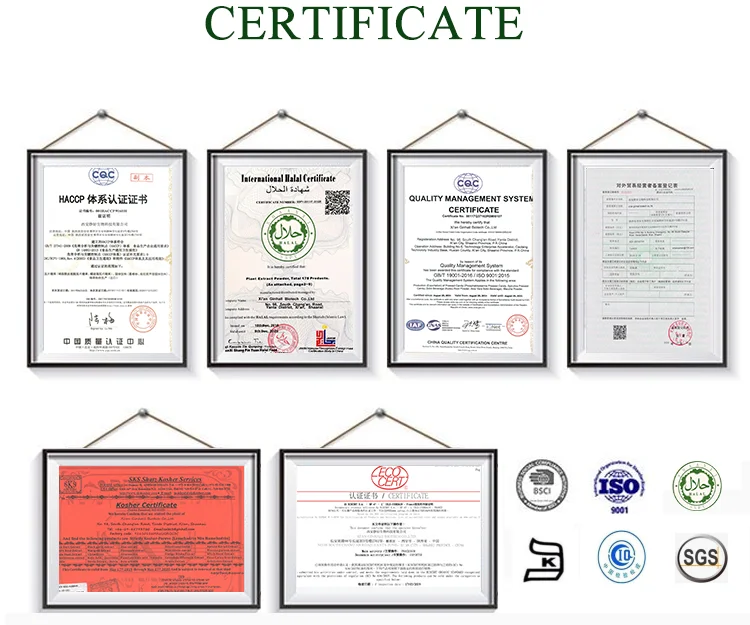Hot sale Raw materials chloramphenicol powder price for veterinary API cas 56-75-7
Other recommendations for your business
Hot sale Raw materials chloramphenicol powder price for veterinary API cas 56-75-7

Product Description
Chloramphenicol antibiotics can act on the 50S subunit of the bacterial ribonucleoprotein body, and obstruct the synthesis of the protein, which belongs to the bacteriostatic broad-spectrum antibiotics.
Chloramphenicol inhibited gram-positive and gram-negative bacteria, and the effect on the latter was stronger.Among them.
Chloramphenicol inhibited gram-positive and gram-negative bacteria, and the effect on the latter was stronger.Among them.
Product name | Chloramphenicol | Appearance | White Powder |
Dosage form | API | Purity | 138-59-0 |
CAS NO | 56-75-7 | Shelf Life | 2 years |
Function Of Chloramphenicol Powder
Chloramphenicol is effective against a wide variety of Gram-positive and Gram-negative bacteria, including most anaerobic organisms. Due to resistance and safety concerns, it is no longer a first-line agent for any indication in developed nations,although it is sometimes used topically for eye infections; nevertheless, the global problem of advancing bacterial resistance to newer drugs has led to renewed interest in its use. In low-income countries, chloramphenicol is still widely used because it is
exceedingly inexpensive and readily available.
The most serious adverse effect associated with chloramphenicol treatment is bone marrow toxicity, which may occur in two distinct forms: bone marrow suppression, which is a direct toxic effect of the drug and is usually reversible, and a plastic anemia, whichis idiosyncratic (rare, unpredictable, and unrelated to dose) and generally fatal.
exceedingly inexpensive and readily available.
The most serious adverse effect associated with chloramphenicol treatment is bone marrow toxicity, which may occur in two distinct forms: bone marrow suppression, which is a direct toxic effect of the drug and is usually reversible, and a plastic anemia, whichis idiosyncratic (rare, unpredictable, and unrelated to dose) and generally fatal.
Application Of Chloramphenicol Powder

Product Inspection

Certifications

Packing&Delivery

Five Star Praise

About Us


FAQ

Supplier's popular products
Contact Supplier
We have more categories for you. lf you can't find the products you want above,just fill in the form and tell us whatproducts you want to import from China.


















